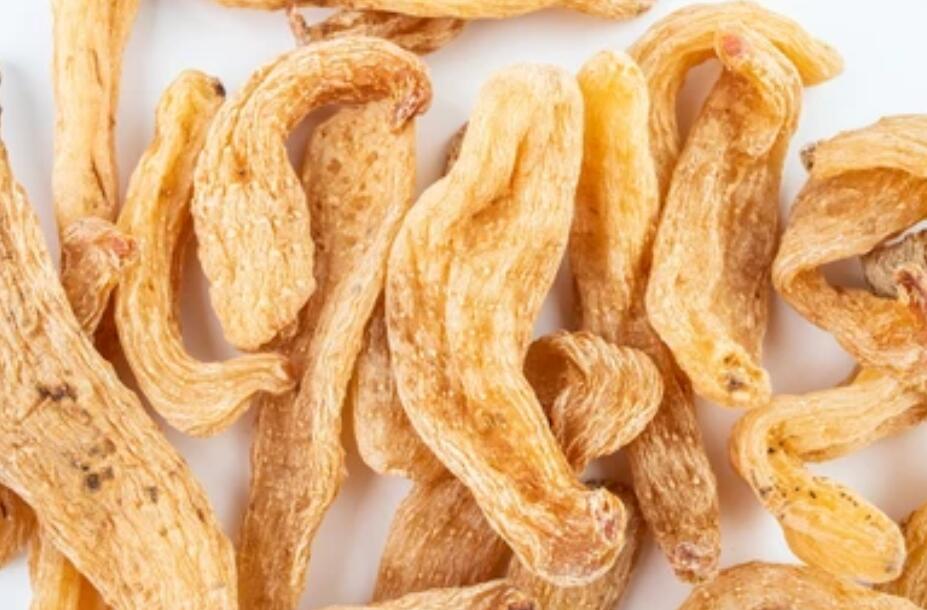Gastrodia elata has a long history of medicinal use and is a commonly used medicinal and food plant. Modern research shows that Gastrodia elata is rich in amino acids, trace elements, polysaccharides, and other biologically active substances, which not only have analgesic and sedative, anticonvulsant, antioxidant, and anti-tumor effects, but also have the effects of wisdom, anti-aging, and lowering blood pressure. Lifeasible can provide professional services from quality analysis, analysis of exogenous pollutants, evaluation of heavy metal content, authenticity testing, analysis of genetic diversity of germplasm resources, and other aspects.

What We Offer
We can determine the polyphenol content of Gastrodia elata by forintol colorimetry and optimize the parameters of your existing asparagus polyphenol extraction process by using ethanol concentration, extraction time, and feed/liquid ratio as independent variables, and Box-Benhken Response Surface Methodology as a combination of one-way testing, to determine the Gastrodia elata polyphenol Gastrodia elata polyphenols.
- Quality analysis, analysis of exogenous contaminants, and evaluation of heavy metal content
We can help you determine the moisture, leachate, aspalathin, and total p-hydroxybenzyl alcohol in Gastrodia elata using various methods. As well as the content of major nutrients in Gastrodia elata, including protein, fat, starch, crude fiber, total saponins, moisture, ash, amino acids (free amino acids, hydrolyzed amino acids), polysaccharides, volatile oils, minerals (zinc, iron, manganese, calcium, magnesium, sodium, potassium, selenium), vitamins (A, B2, B5, B6, B8, NAM, C, B4, B7, B1). For the determination of free amino acid content, we also offer a derivatization-based UPLC method.
We can use the acid-base titration method to determine sulfur dioxide residue, microwave digestion-inductively coupled plasma mass spectrometry (ICP-MS) to determine the content of heavy metals chromium, copper, arsenic, cadmium, lead, mercury, and barium, and GC-MS to determine pesticide residue. The heavy metal contamination in different Gastrodia elata samples was also comprehensively evaluated using the one-way contamination index method and the Nemero index method. It helps you to improve the quality evaluation system of Gastrodia elata and guarantee the safety and stability of Gastrodia elata production.
The authenticity of Gastrodia elata we provide is not limited to trait, microscopic, and physicochemical identification but also includes HPLC fingerprinting of aqueous extracts of Gastrodia elata, stable isotope technology, non-linear chemical fingerprinting, DNA barcoding, chromatographic test strip detection, ultra-fast gas chromatography e-nose, and so on. The Gastrodia elata authenticity test we provide has the advantages of high specificity, high sensitivity, and good stability, which can assist you in rapid and visual authenticity identification.
- Genetic diversity analysis of germplasm resources
We can use the Gastrodia elata germplasm resources provided by you as materials to analyze the phenotypic traits such as plant height, capsule number, inflorescence length, capsule length, capsule width, tuber length, tuber width, single weight, active ingredient content and other phenotypic traits based on morphological markers, including analysis of variance, cluster analysis, and correlation analysis. The data needs to be provided by you; if you can't provide the data, then we will help you to get the data through long-term experiments. We also combine SSR molecular markers for genetic diversity research and construct SSR fingerprints to identify differences between germplasm accurately, and can quickly identify varieties.
We can facilitate your research on improving the yield and quality of Gastrodia elata based on pit (hole) sowing, border sowing, greenhouse, and greenhouse nurseries. The aim is to protect the wild resources of Gastrodia elata, promote large-scale production, and adapt it to the needs of the different regions where it is grown.
In addition to the above services, if you are interested in seedling breeding of Gastrodia elata, feel free to contact us for more information.
For research or industrial raw materials, not for personal medical use!
Related Services

